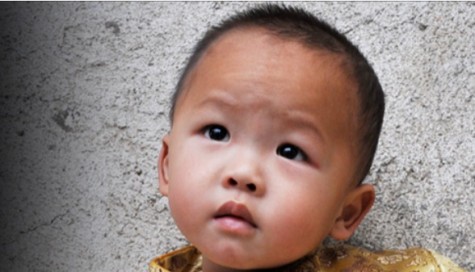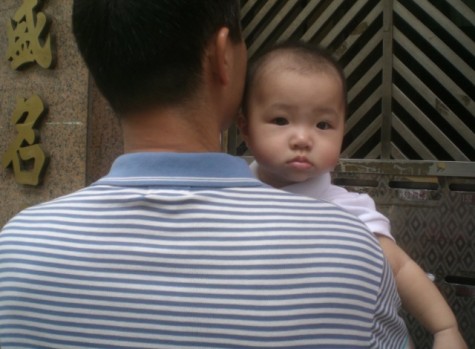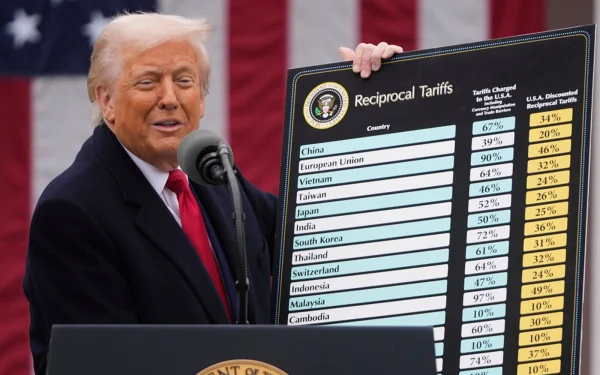Let It Go: China’s One Child Policy Comes to an End
After easing up on their one child policy in 2013, China has finally let go of this policy altogether. After almost 40 years, China is now allowing two children per couple throughout the country. Through internet protests, strikes, and riots, China finally put an end to it’s supposedly population controlling policy.
The one child policy, imposed by Deng Xiaoping in 1979, was a bureaucratic response to China’s expanding population. With China’s advances in health care and longer expectancy, the population grew. Climbing 260 million from 1949 to 1979, Deng Xiaoping hoped by enforcing a one child policy will help control the major increase in population. However, According to BBC News, the population continued to grow. In 2013, China allowed spouses to have two children if either of the parents was an only child. However, According to New York Times, many parents still chose to only have one child in the high pressure society.

China’s One-child policy officially came to an end after 36 years.
The rule was meant to control the fast growing population in the 1970s, but caused a lot of problems. Throughout the years that this policy was in use, couples with more than one child faced punishments including unemployment, fines, and forced abortions. Wanting a son to carry on the family name, many families often abandoned their daughters after giving birth to a son. According to BBC News, in the later years of the one child policy, rural families were able to have two children if the first was a girl or disabled.
Many forced abortions did not end well. Six months pregnant, 38-year-old Ma Jihong mother of two was taken from her home by a family planning office. Ten people took her from her home and brought her to a hospital in which they aborted her baby, and left her on a bed with a roll of toilet paper as a pillow. Eight hours after she was taken, Ma Jihong died. Before the one child policy came to an end, these events were the bane of small villages and farmlands. According to LA Times, a photo of a grieving mother with her aborted baby went viral, and many microblogers viewed the photo as “Auschwitz in the womb.”
Juliana Lui, born in Hong Kong, was the second child in her family. Born in 1979, the year the rule was implemented. According to BBC News, When Lui’s mother announced the pregnancy of her second child, “heart felt” officials looked the other way. However, after announcing her pregnancy for the third and fourth time, Lui’s mother was forced to abort. Lui told BBC News her mom always “[talked] about ‘Number Two’ and ‘Number Three’ and what they might have been like.” Lui is not the only one to grow up without siblings that could have been. According to Life News, 100 million girls were missing due to incidences of abortion, infanticide and gender-based neglect. Chines Academy of Social Science estimated by 2025, one in five Chinese men would not be able to find a bride due to a huge gender imbalance cause by the policy.

China’s One-child policy officially came to an end after 36 years.
Many people suffered huge consequences if they did not pay the expensive fines of having more than one child. In Bobai, a county in China, many residents believe that more children bring more happiness, and continued to have multiple children. However, with more children, villagers had to pay more fines they could not afford. According to World Socialist Web Site, one man’s house was bulldozed when he was unable to afford the hefty fine. After this event, the man’s fingers were broken after complaining to municipal officers. Days after, 10,000 protesters filled the streets to fight these awful events, and put an end to the one child policy.
China’s one child policy effects different families in many ways. For families with more wealth, the fine is a small price to pay for more children. However, for urban and rural families, a second pregnancy means financially crippling penalties.
The previous one child policy, in attempt to control population cause a major fault in the overall gender ratio. In many rural parts of China, families turned to abortion of female babies to avoid fines and ensure they would have a son. This led to 119 sons for every 100 daughters. According to New York Times, if this had continued, by 2020 there would have been 40 million Chinese males that would have lived as bachelors. Hopefully, because of the new policy, this number will decrease.
Although the policy is no more, the one-child policy generation is now viewed as the loneliest, unluckiest generation. Sina.com, a Chinese website states, “The ‘one-child’ policy ended in 2015, but this generation’s loneliness never goes away.” Thanks to China’s improved policy, hopefully the next generations will never have to experience the major gender differences and loneliness of the previous generation.





